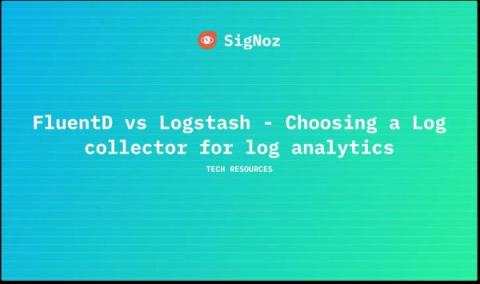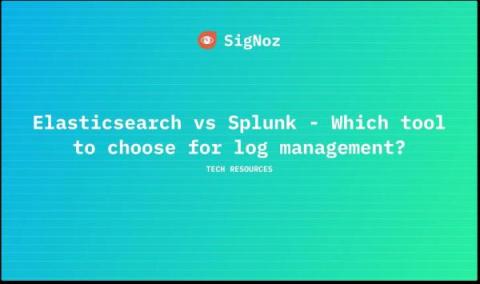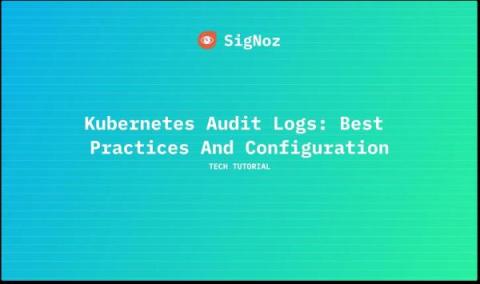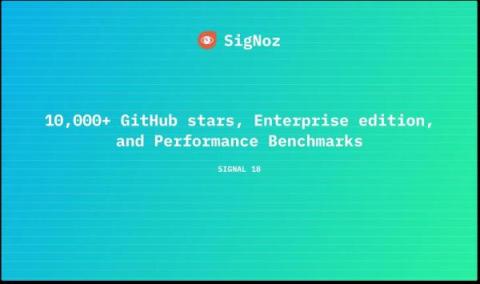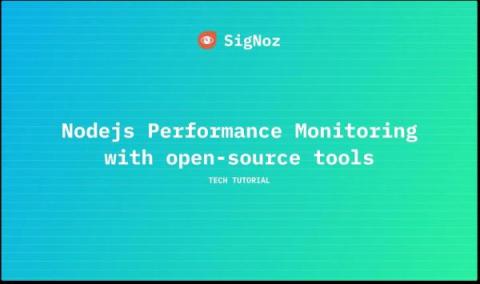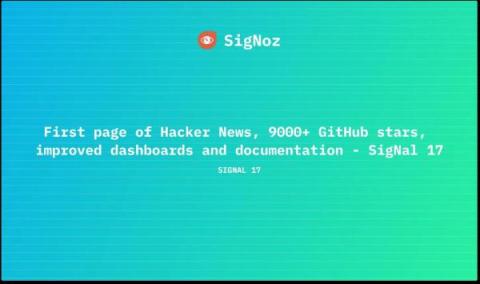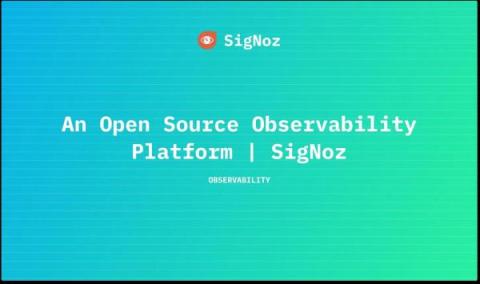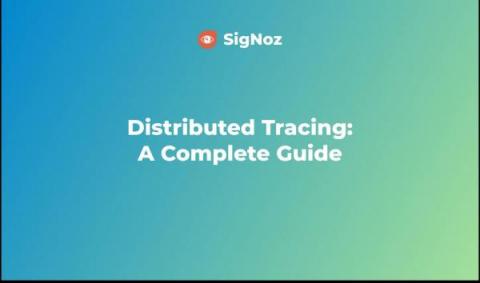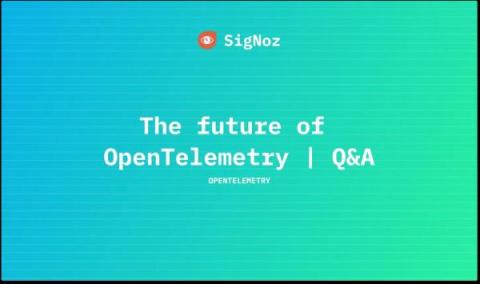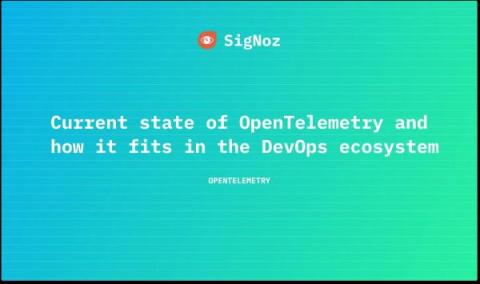FluentD vs Logstash - Choosing a Log collector for Log Analytics
When we have large-scale, distributed systems, Logging becomes essential for observability, monitoring, and security. No matter what architecture (Monolith/Microservices) our systems have, they are complex due to the number of moving parts they have and the challenges they face around management, deployment, and scaling. In this scenario, Log management tools rescue the DevOps and SRE teams in order to help them monitor and improve performance, debug errors, and visualize events.


